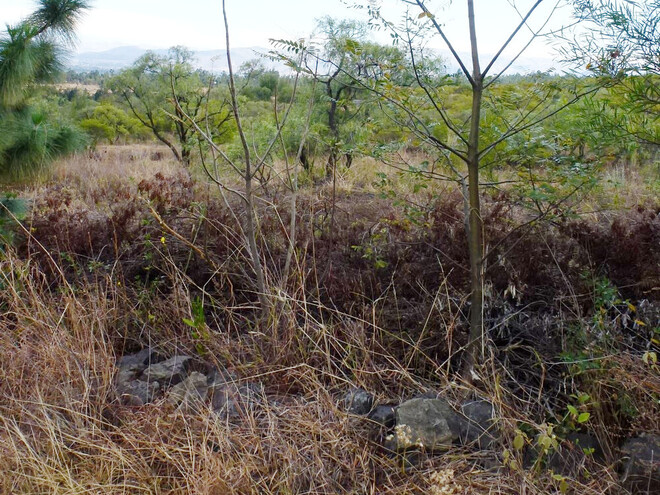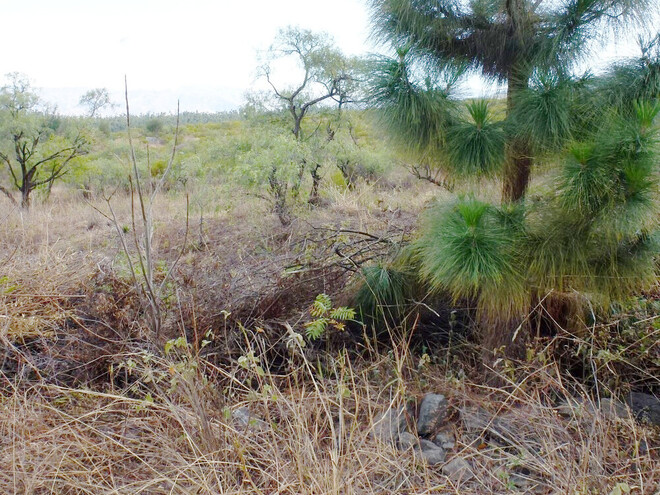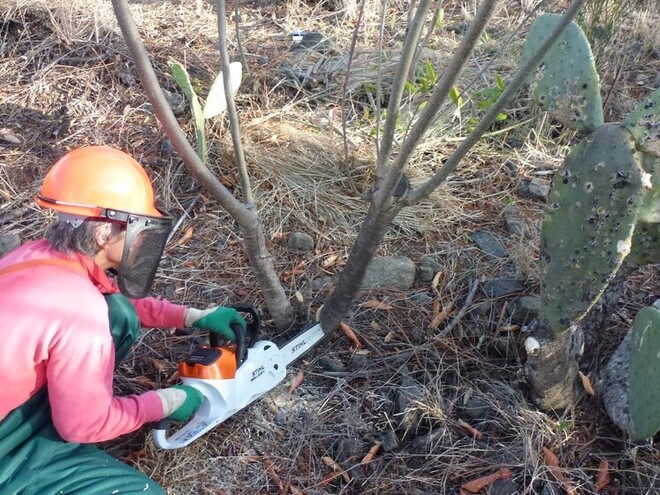

The density is crucial for a good interaction of the plants. At different levels the plants benefit each other. In this way, plants give shade to one another, protection from the wind, supply others with water or divide microorganisms.
Observing and sharing about the processes is also part of the Dynamic Agroforestry. So not necessarily all species harmonize with each other and these are to be identified. On the other hand, some plants harmonize very well with each other and this can be specially exploited.
Here are some examples from our research farm in Bolivia
Here we see a Jacaranda (left) and a Tipa (right, the "Pride of Bolivia) on our research farm for the Dynamic Agroforestry in Bolivia. The two plants like each other and grow together without being disturbed. A cut is not necessary here.

Another example is the Jacaranda together with a pine tree. The two plants do not harmonize with each other. The pine likes to stand alone and has a hard time with other trees, so if the trees are close together, make sure that the weaker tree has enough space.

Here we see a jacaranda that grows faster than the cactus near it. At first, the cactus gave the Jacaranda protection and helped her grow quickly. Now the jacaranda has grown larger and negatively affects the cactus (seen on the pustules on the leaves). To help the cactus to regain its strength, we give her some space again.
As you can see, in the Dynamic Agroforestry one has to constantly observe and study nature. With targeted interventions you can let the plants work together, but sometimes they have to separate again.
